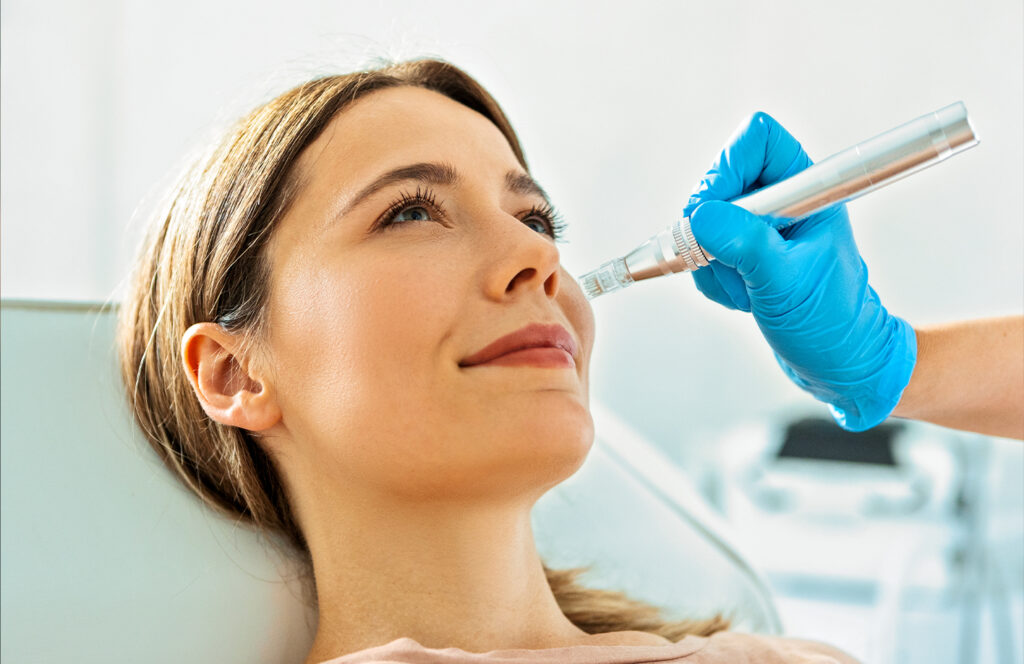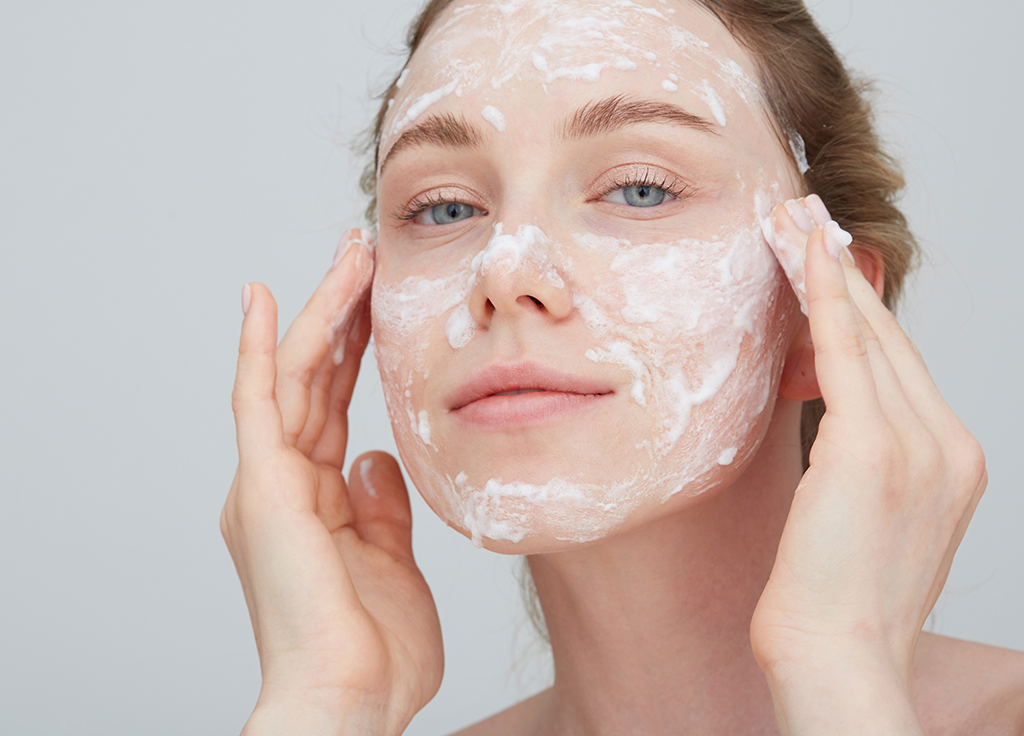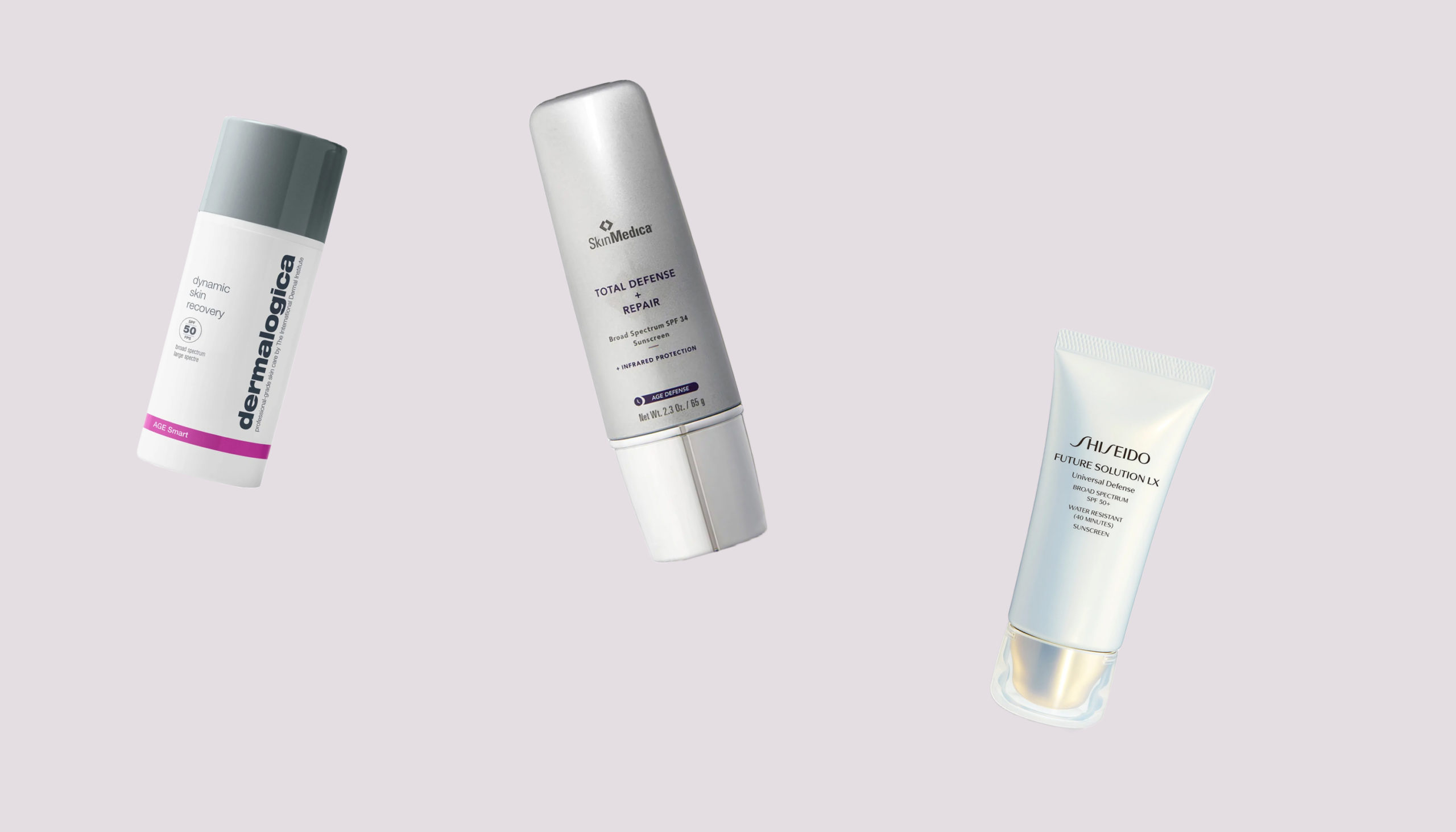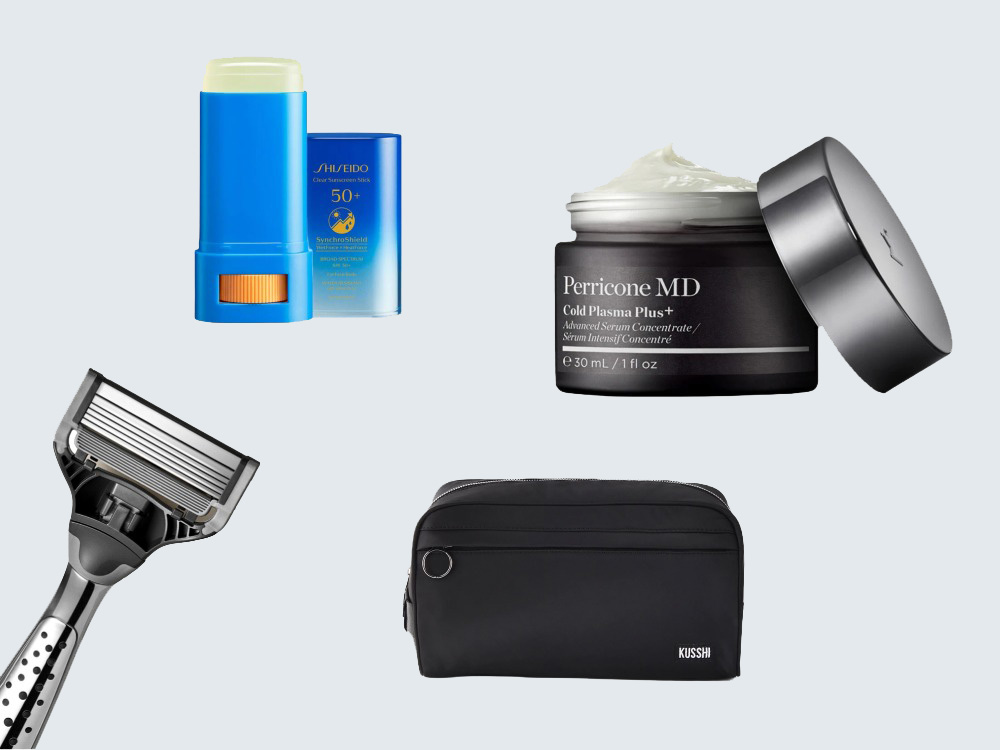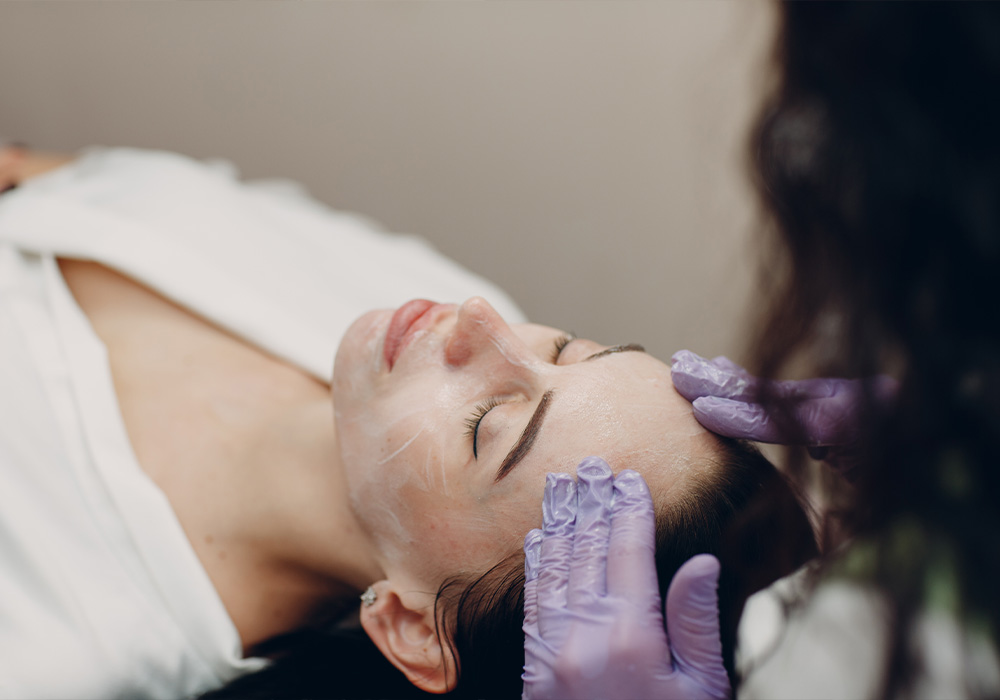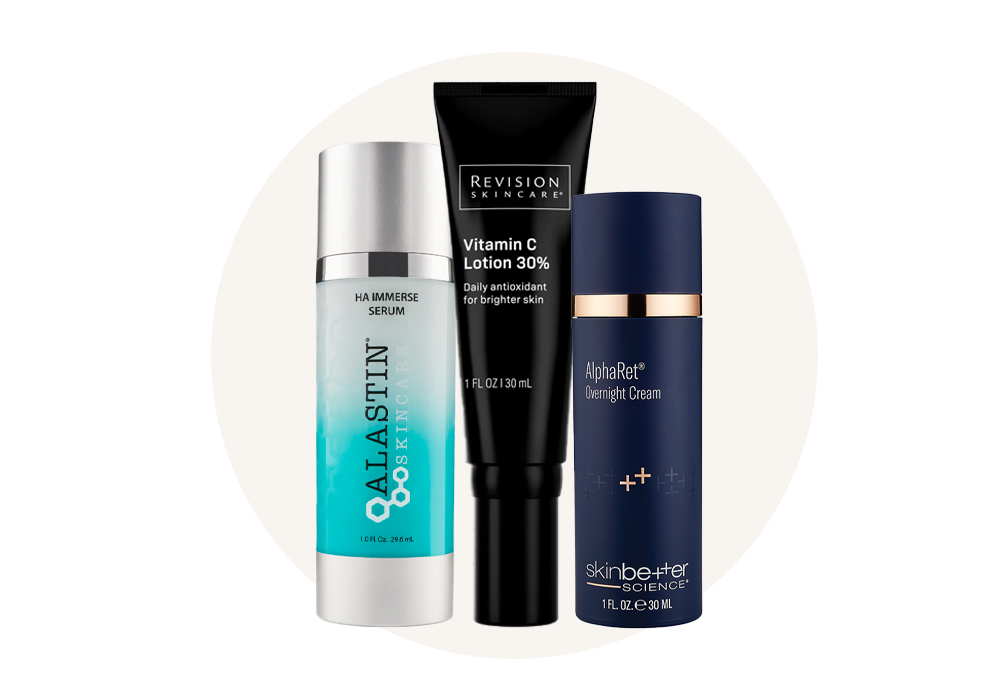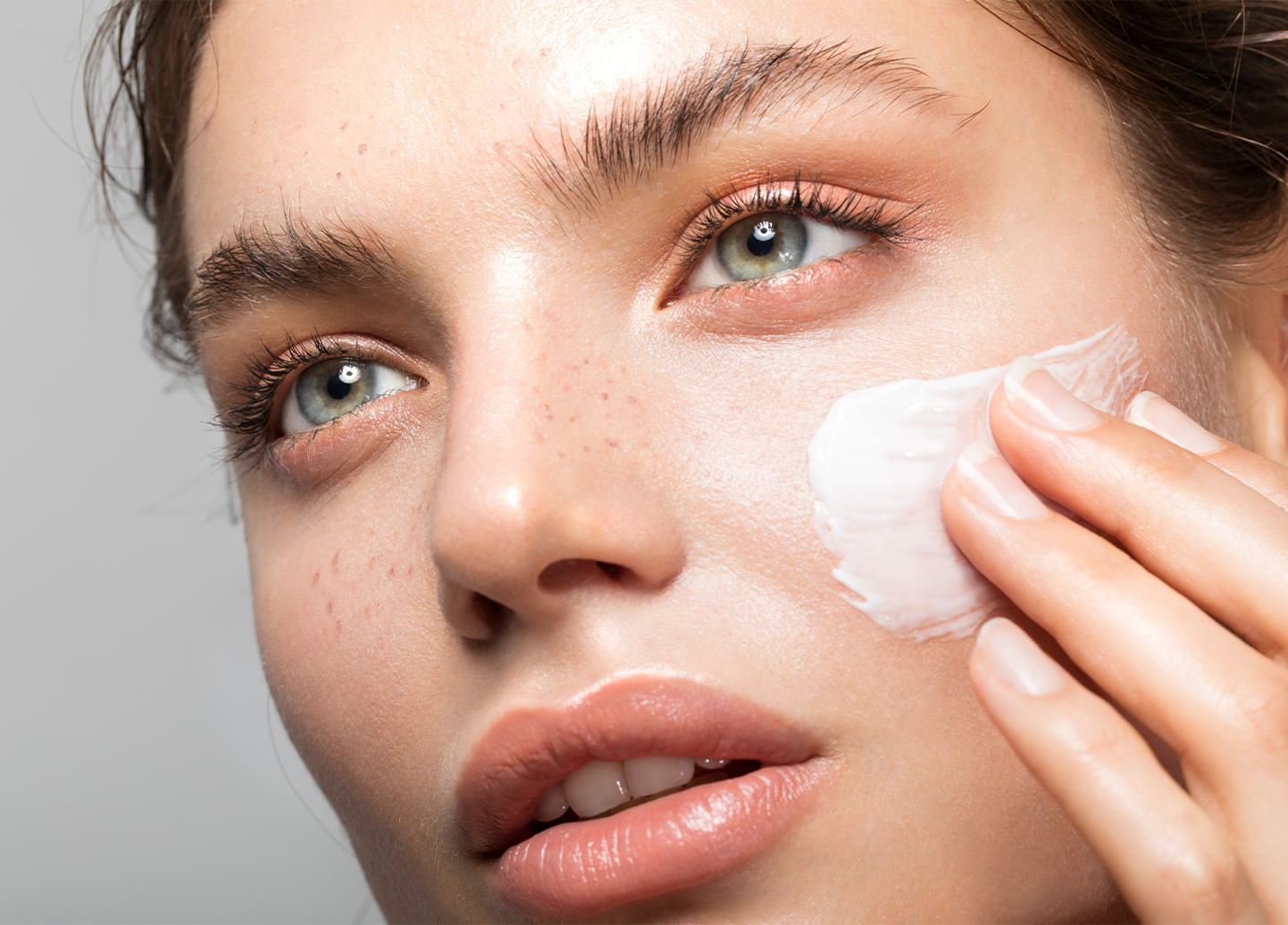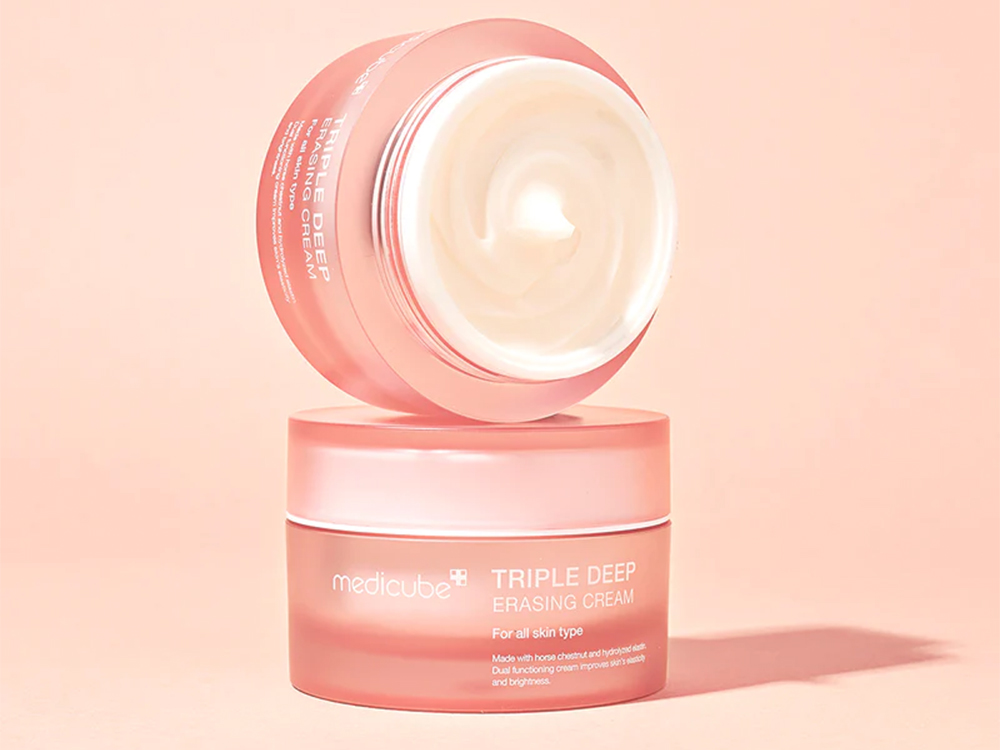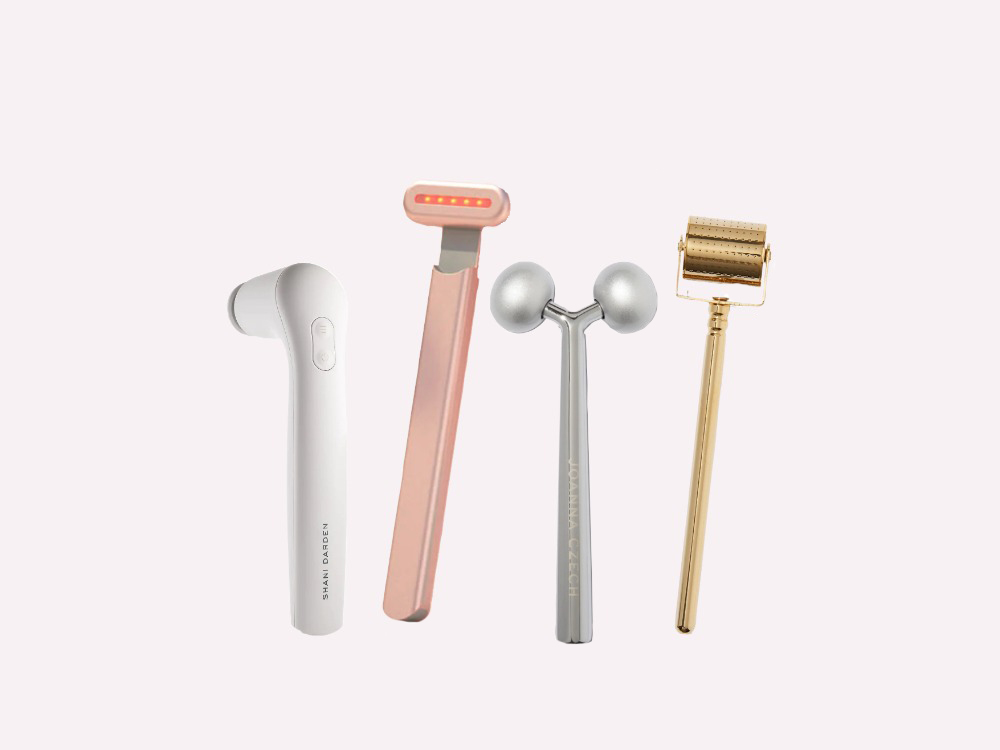When we first talked to Louisville, KY, dermatologist Tami Buss Cassis, MD about the go-to treatment she relies on for youthful skin, she was 44 years old and a microneedling devotee. Back then, she said: “Just like everyone else, I have the normal aging skin worries: fine lines, wrinkles, brown spots, larger pore sizes and sunken eyes.”
As a skin care expert, Dr. Cassis has always had access to a multitude of noninvasive options for facial rejuvenation. Back in her 40s, she chose microneedling as an easy and effective way to treat the common signs of aging. Today, at 50, she still follows the same protocol she did in her 40s, leaving her with a complexion that makes her look decades younger than her actual age.
You May Also Like: I Tried At-Home Microneedling and It Completely Changed My Skin
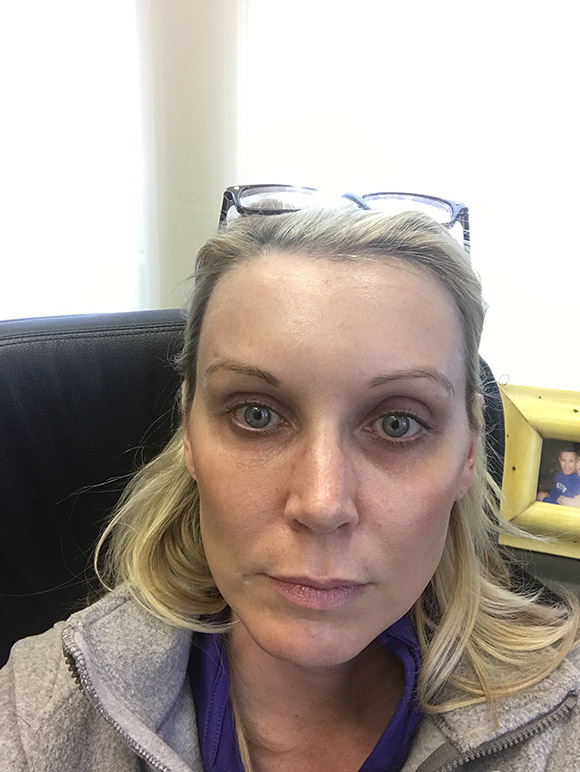
How Does Microneedling Work?
Microneedling is a minimally invasive procedure that uses a small, roller-like device equipped with tiny needles to create micro-injuries on the surface of the skin. These minuscule punctures are strategically spaced across a given area, generating a controlled trauma to which the body responds with a burst of healing activity. As Dr. Cassis explains, “When the trauma happens to the skin, it is forcing collagen remodeling.” This process encourages the production of both collagen and elastin, which play a crucial role in skin elasticity and firmness.
Microneedling is often used to address fine lines, acne scars, and uneven skin texture. The procedure is considered quite safe and is typically performed in a clinic or medical spa setting. Despite the use of tiny needles, the discomfort is manageable, especially with pre-procedure numbing agents. To ensure a comfortable experience, patients are usually asked to sit with a numbing cream applied to the treatment area for 20-30 minutes before the microneedling begins.
What to Expect During and After Microneedling
While microneedling is generally well-tolerated, some discomfort is expected. Dr. Cassis mentions that there’s “some slight pain associated with it,” but this is usually minimal thanks to the numbing cream applied beforehand. The actual microneedling process typically takes about 30 minutes, depending on the size of the area being treated.
After the procedure, your skin may appear raw, swollen, and slightly bloody. These effects are normal and generally subside within a few days. You will receive specific aftercare instructions to promote healing and avoid complications. “Sun avoidance is an absolute must!” warns Dr. Cassis. This is because the skin is particularly sensitive following microneedling, and exposure to UV rays can cause irritation or lead to hyperpigmentation. Patients are often advised to use gentle skincare products, avoid harsh exfoliants and wear sunscreen daily during the recovery period.
Overall, microneedling offers a safe and effective way to rejuvenate the skin with minimal downtime. Proper aftercare and precautions ensure that your skin heals smoothly, leading to a fresh, revitalized appearance.
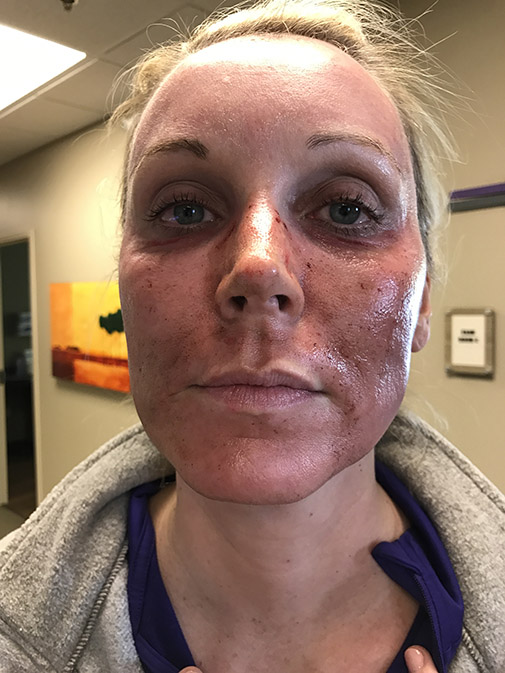
The Benefits of Collagen and Elastin
Collagen and elastin are the unsung heroes of healthy, youthful skin. When microneedling creates controlled micro-injuries on your skin, the body’s natural response is to flood the area with these vital proteins to facilitate healing. This process does much more than just repair the damage—it also rejuvenates the skin in various ways. The new collagen and elastin help to smooth out minor scars, flatten fine lines and wrinkles, and restore elasticity to the skin.
The result is a noticeable improvement in skin texture and tone, often with a radiant glow. Dr. Cassis shares her personal experience: “I love the glow it gives my skin. My brown spots have diminished, and under the layers of skin that peeled off after my treatment, I can see an improvement in my fine lines.” This rejuvenating effect is one of the reasons microneedling is so popular among those seeking a minimally invasive way to refresh their appearance.

The Treatment Process and Results
“My after picture was taken eight days after the procedure, and I am very happy with the results,” says Dr. Cassis. While results can be seen relatively quickly, a single treatment may not be sufficient for everyone. “Most people will need a series of three treatments about a month apart,” she adds. The exact number of sessions depends on individual goals and the skin issues being addressed, whether it’s acne scars, wrinkles, or hyperpigmentation.
Even after the initial recovery period, results are often ongoing as the skin continues to produce new collagen and elastin. This is why many people opt for multiple treatments to achieve optimal results. Dr. Cassis recommends consulting with a specialist to determine the best treatment plan for your specific needs.
Cost and Factors to Consider
The cost of a microneedling treatment can vary significantly depending on several factors, including the physician’s expertise, geographic location, and whether additional components like radiofrequency, platelet-rich plasma (PRP), or special serums are used. “In Kentucky, the cost is about $300, plus the cost of the post-op care, which is about $100,” says Dr. Cassis.
Given the variability in costs and treatment approaches, it’s crucial to choose a reputable clinic or practice. Dr. Cassis stresses the importance of safety: “Everyone will react differently, so make sure you are having this done in a board-certified dermatologist or plastic surgeon’s office.” Selecting an experienced professional ensures that the treatment is performed with the highest standards of care and safety, reducing the risk of complications and ensuring a more favorable outcome.

Turning 50
Now that she’s turned 50, Dr. Cassis says her microneedling with PRP treatments have paid off. For maintenance she recommends two microneedling treatments a year along with Sculptra injections to improve skin texture and glow. “Recently Sculptra has been clinically proven to improve skin quality, which we’ve known for quite some time. In addition to microneedling I recommend someone in my age group also have Sculptra injections with a qualified injector, as well as hydrating facials like HydraFacial or Bela MD. Hydrating facials focus on replenishing moisture to the skin, providing intense hydration through various techniques like masks, serums, and moisturizers. This can improve the skin’s plumpness, smoothness, and radiance.”
Dr. Cassis stresses that following a dermatologist’s personal anti-aging plan can be helpful for others because it is based on expert knowledge, however everyone should have their treatments tailored to their individual needs. “The best approach is through gradual and natural-looking improvement and promoting a youthful appearance without drastic changes,” she says.
